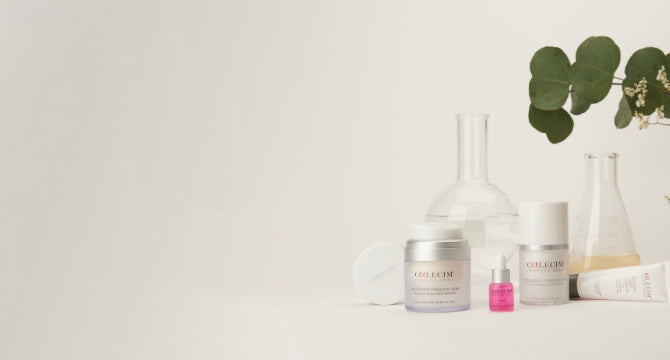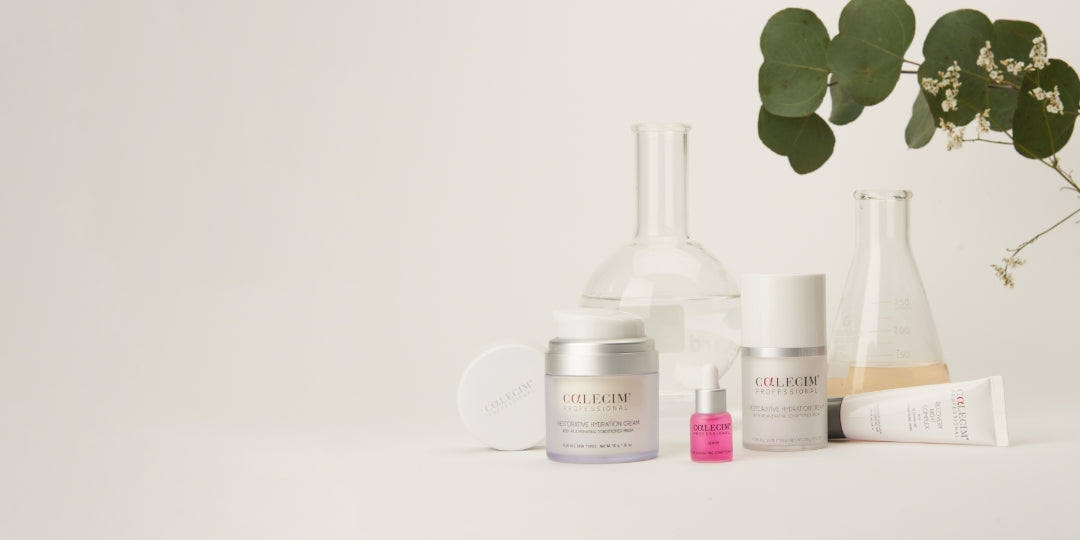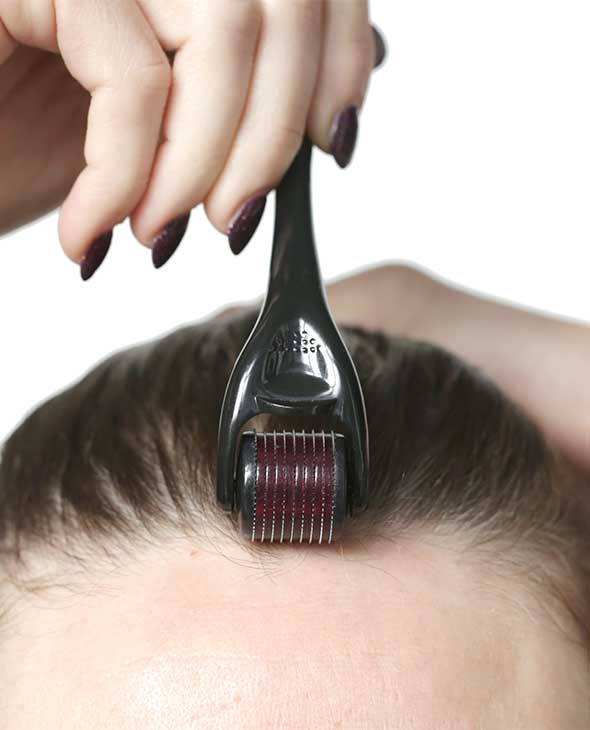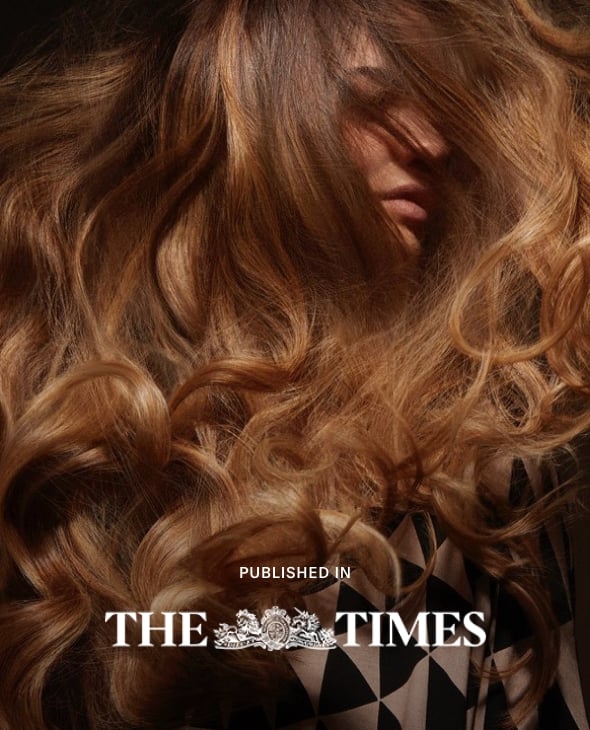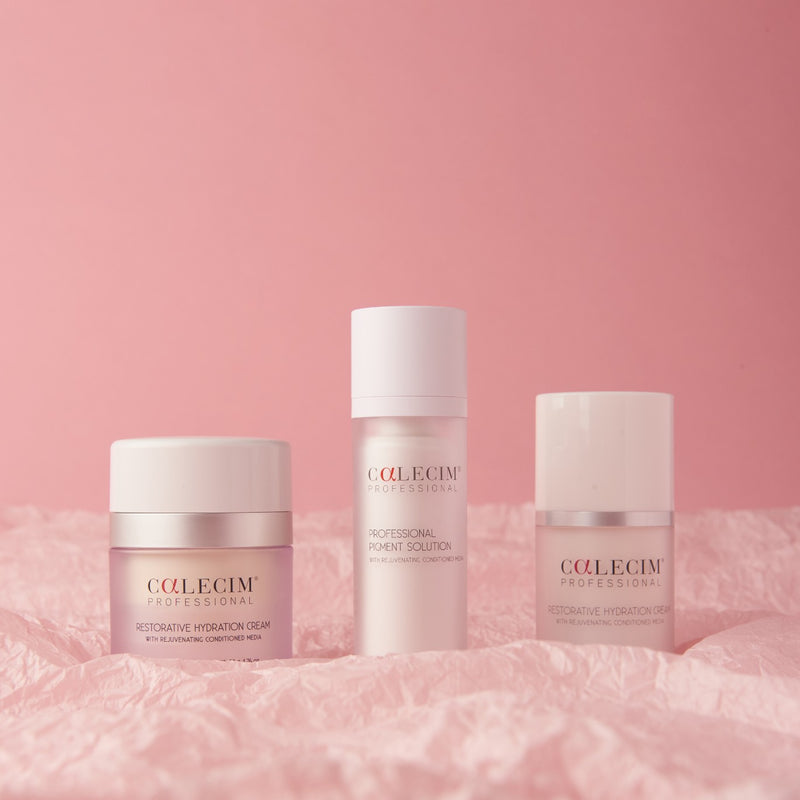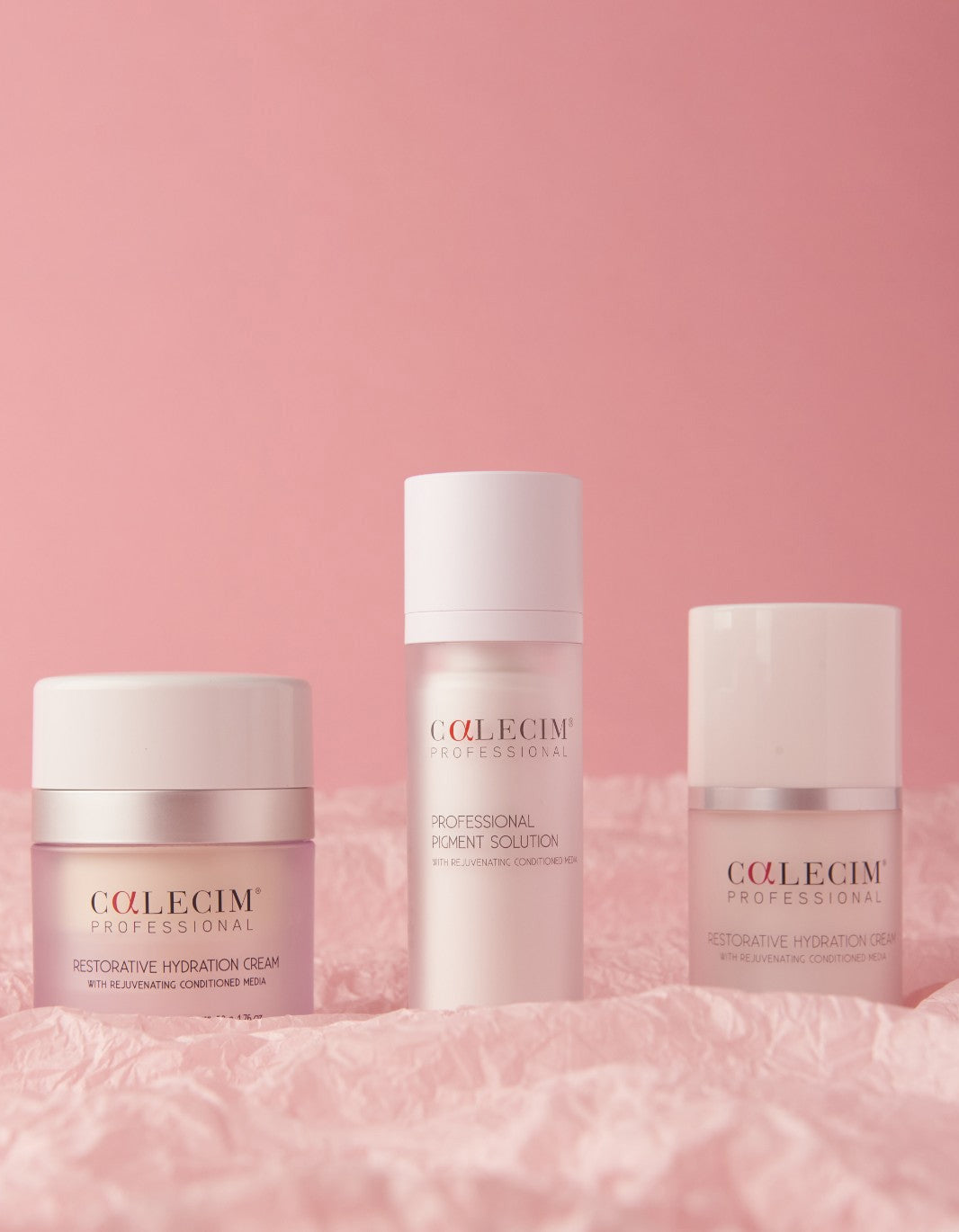10 THINGS YOU NEED TO KNOW ABOUT FEMALE HAIR LOSS
Hair loss affects almost half of all women at some point, and from high stress levels to pregnancy and certain nutritional deficiencies, there can be several reasons why. The good news is you can improve the situation with certain treatments, routines and lifestyle tweaks.

Hair loss affects almost half of all women at some point, and from high stress levels to pregnancy and certain nutritional deficiencies, there can be several reasons why. The good news is you can improve the situation with certain treatments, routines and lifestyle tweaks. To find out more – including the products that can really make a difference – we spoke to hair loss expert and founder of Dr MediSpa clinics, Dr Munir Somji who shares the treatments available and offers advice to those concerned...

Let’s Start With The Causes – What Drives Hair Loss?
“There are several factors at play including genetics, your age, vitamin deficiencies, hormonal changes, illness and stress. It’s worth noting that certain hair styles which create tension at the roots can also increase your chances of hair loss and shedding, as can the use of hair extensions which tug at your follicles. The good news is, most of this kind of hair loss is reversible, but treatment needs to be sought early.”
Does Hair Loss Differ Between Women And Men?
“Yes, and the two are often confused – male pattern baldness tends to follow a distinct pattern, which explains the name. For men, you’ll see thinning at the crown and temples, while female hair loss involves a more diffused thinning across the scalp. Male hair loss also tends to start from late teens to early 20s, whereas female hair loss occurs later in life – often just pre-menopause.”
You Mentioned Hormones – How Do They Contribute To Shedding?
“The female hormones that affect hair quality are oestrogen and progesterone. Both help your hair remain in its growing (anagen) phase for longer. Perimenopause, menopause and post-menopausal hair loss is common – many women notice hair thinning during these stages in their lives as hormone levels begin to dip. You can try hormone replacement therapies which might – to some degree – help reverse this type of hair loss.”
What Role Does Stress Play?
“Telogen effluvium (TE) is a type of hair loss related to psychological stress, especially in women. Because stress can affect your entire body and cells, it can cause your hair to slow in growth from the root. Fewer hairs are formed when our bodies are under extreme stress and then excess shedding can occur as a result. The good news is there are targeted treatment options that are available for this type of loss and, yes, they are highly effective. They work by targeting hair follicles to start activating them again so that a regular growth cycle can be re-established.”

So Which Treatments Can Really Make A Difference?
“The first line of treatment is usually Minoxidil, which is available off the counter and in clinics. Users are usually told to use it for six months before seeing a visible difference. Another new treatment that’s worth looking out for is Calecim’s Advanced Hair System. I’ve been offering the stem cell serum to my clients in the clinic. The product contains growth factors and exosomes taken from stem cells which are then able to trigger your own stem cells that sit within the hair follicles. The result? Less inflammation, which is an underlying cause of many types of hair loss. The process also accelerates follicle cell growth for better length and volume. The Calecim technology is highly effective as the stem cells used within the technology are stabilised in a laboratory. In other words, they are as potent as possible for maximum results. It’s not just myself and my clients who have been impressed – Calecim has impressive peer-reviewed papers and clinical trials. It’s allowed me to offer my clients transformative results.”
So How Quickly Can You Expect To See A Difference?
“I’ve been using the Calecim Hair System and have noticed the results are consistent, with regrowth visible after six treatments – and you can space these apart. There are no side effects either, as it’s toxin free. It’s safe enough for women who are already suffering from poor health and may not be able to withstand the side effects of hair drugs, too.”
What’s The Best Way To Apply Calecim?
“You can use it at home yourself with a derma stamp, but at the clinic we administer the formulation directly onto the hair follicles with a derma pen. It is a painless and fast procedure. In-vitro studies show that follicle cells increase production by 24% and decrease scalp inflammation by 30 times when exposed to Calecim’s stem cells. Recent tests also show that hair regrowth is real, and follicles are really being reactivated, with the number of individual hairs on the scalp increasing by 15%. Even hair quality is improved, with hair shaft thickness gaining by 16% – this is after just 12 weeks of treatment, so the results are certainly impressive.”
What About Supplements – Do You Recommend Any?
“Oral supplements can be useful, but it is best to find out more about your deficiency – if you even have one – before embarking on any course of supplementation. My clinic offers blood tests which can target deficiencies and needs – this is key for any hair regrowth treatment plan if you want accurate and fast results.”
What’s Your Advice For Anyone Worried About Hair Loss?
“You’re not alone. Though male baldness is widely addressed, there hasn’t been much of a conversation around the topic of female hair loss. It’s bizarre, really, as it’s a very common phenomenon and it’s also highly treatable. My best advice is to seek treatment as quickly as possible. The outcomes are always better if you act fast.”
Finally, We All Suffer With Some Hair Shedding But When Should You Be Worried?
“I am often asked what the definition of hair loss is, given we all experience some kind of shedding. Put simply, if you’re experiencing increased – and very visible – hair fall on your brush, on the floor, in the shower, on your pillows or in your sink, you should consider speaking to your GP. You might also notice your parting get wider and you may start to see your scalp showing through your hair.”

What Testers Say:
“Calecim is easy to use and, best of all, it works. I did the six-week programme and have noticed results. I never had a bald patch, but I had thinning and sparse hair in lots of places. It has made me feel much more confident.”
“My long hair stopped falling after I used Calecim’s Hair Serum. What’s more, lots of my baby hair is growing back. I never thought a cure for hair loss was out there but apparently I was wrong.”
“I am very happy with the results of Calecim. My hair is coming in and, where it was lacking, there is a lot of new growth.”
















